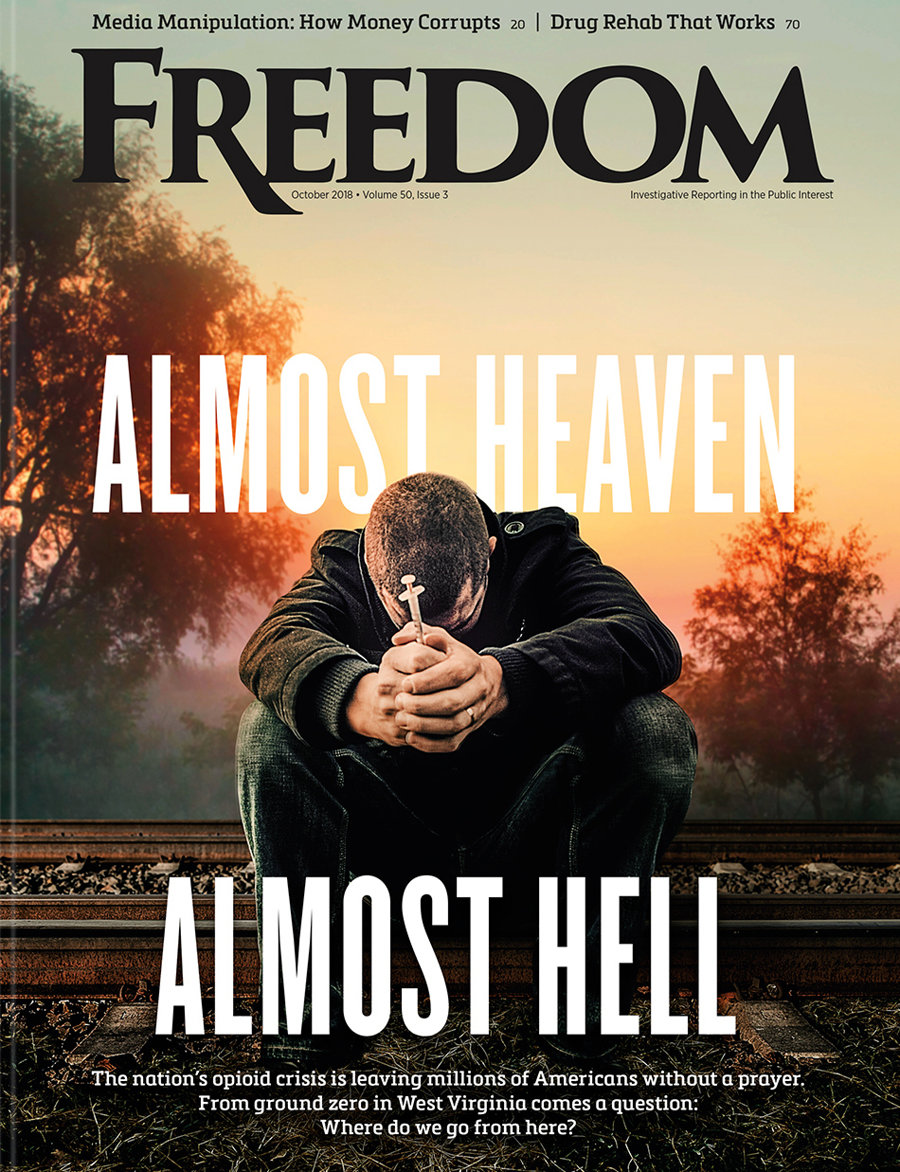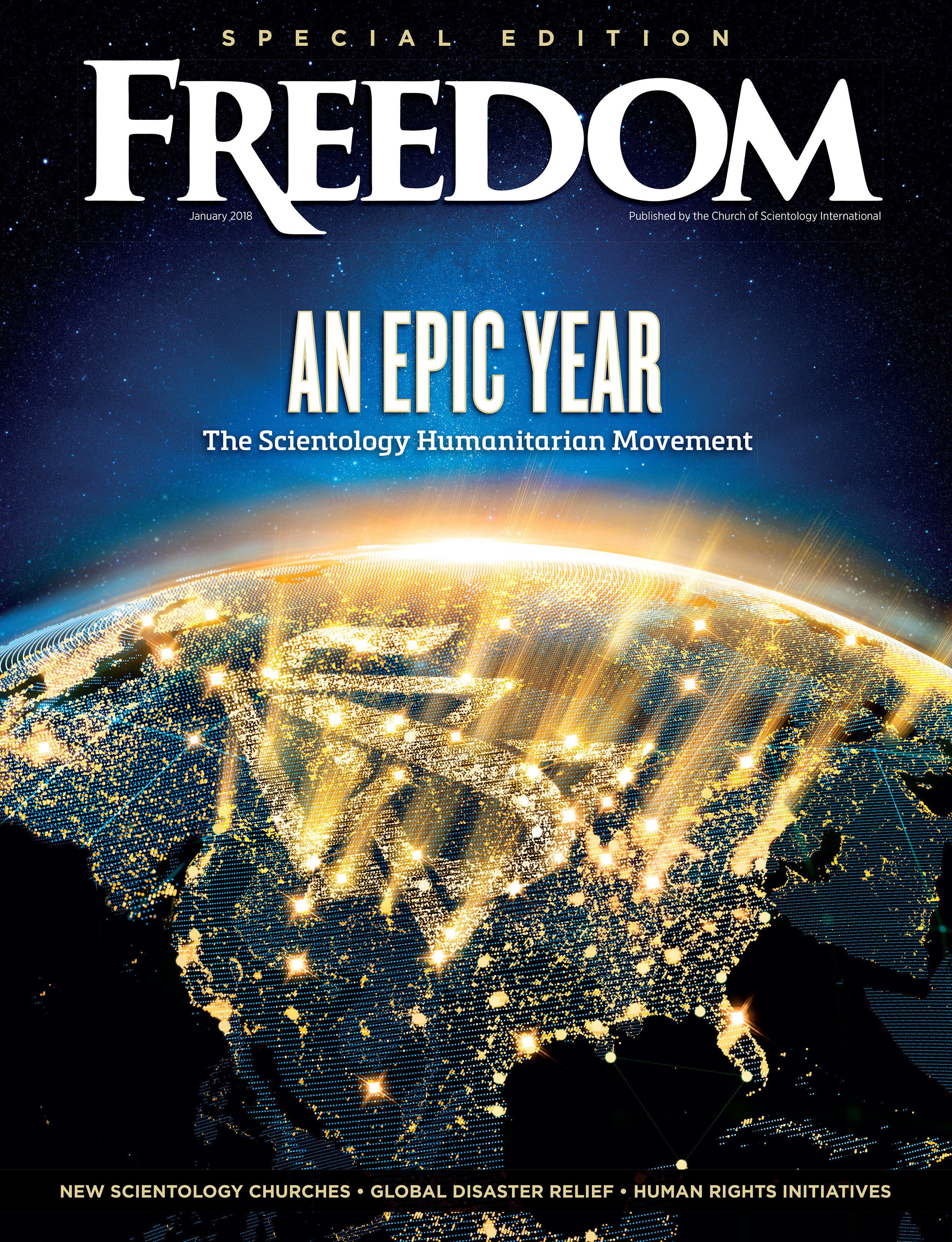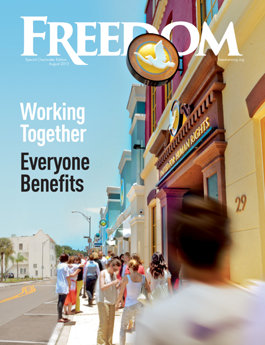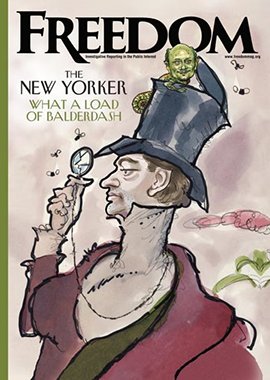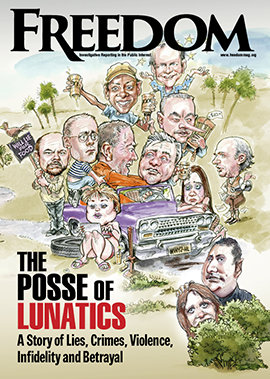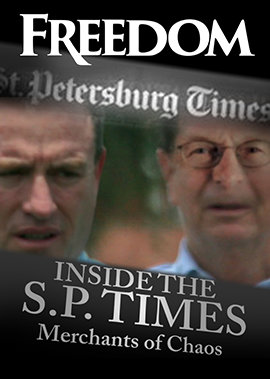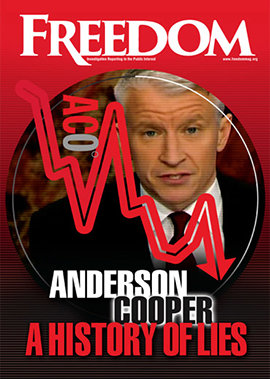When he passed away as President of The Church of Jesus Christ of Latter-day Saints on September 27, at 101 years of age, he had accomplished both tasks—completely and wonderfully.
It was a poignant farewell to a remarkable life, lived by a truly remarkable man.
Though born in Salt Lake City, the home of The Church of Jesus Christ of Latter-day Saints, his parents were not active practitioners, but he attended Sunday school and was baptized at the age of 16—thus beginning what would become an 85-year journey as a dedicated and active member of the Church.
“You don’t wish for a blessing. You work for a blessing and you make it possible.”
President Nelson found unity between science, as a renowned heart surgeon, and spirituality, as the oldest president in the Church’s history.
Poised at the intersection of the intellectual and the holy, which many find contradictory, he never saw any inconsistency between the two.
In fact, he found them a perfect complementary blend. “I think a surgeon is in a unique position to understand one of God’s greatest creations—the human body,” he said. “Every segment of the body motivates me to faith.”

That faith, combined with an understanding of human biology, converged in practice with President Nelson performing the first open-heart surgery in Utah, and the first successful pediatric cardiac operation, on a four-year-old girl.
He also performed groundbreaking work on the heart-lung machine, served as a research professor of surgery and director of the Thoracic Surgery Residency at the University of Utah, and became chairman of the Division of Thoracic Surgery at LDS Hospital in Salt Lake City.
“You don’t wish for a blessing,” he once said, “you work for a blessing and you make it possible.”
As he described: “I often taught my team with whom I was working, ‘This patient has been praying for success, and he’s got a family praying for success. All of those prayers won’t do a bit of good if you make a single mistake, so you’ve got to do your job perfectly in order for this patient to have a possibility of having the blessing they seek.’”
That faith and skill went hand in hand in the operating room—and in every life he touched.

Throughout his career, President Nelson completed more than 7,000 operations, but one special procedure pointed the way to his eventual leadership of the worldwide Church.
In 1972, he performed high-risk surgery on Spencer W. Kimball, who was, at the time, a senior Apostle of the Church.
Once more, President Nelson took his spirituality into the operating room, receiving a priesthood blessing beforehand, which he credited with guiding his hands and scalpel to success.
“That long and complicated operation was done without a single flaw,” President Nelson said, “and at the end of the operation, when his heart leaped with power, I knew that he would live.
“And as we were closing his chest, I had the feeling that this man would live to become the president of the Church.”
Kimball survived, lived 13 more years and, indeed, became president of the Church from 1973 to 1985, the same position to which President Nelson would ultimately rise.
He went on to develop a revolutionary procedure to repair the heart’s tricuspid valve in 1960 and, in 1983, at the age of 59, performed 360 open-heart operations with only a 1 percent death rate.
“President Nelson is right up there along with the biggest legends in cardiothoracic surgery,” said Dr. Craig Selzman, professor of surgery and the surgical director of the Cardiac Mechanical Support and Heart Transplant program at the University of Utah.
“Eat your vitamin pills, get some rest. It’s going to be exciting.”
In 1984, Mr. Nelson was called as an Apostle of The Church of Jesus Christ of Latter-day Saints, joining the Quorum of the Twelve—the senior governing body that stands just beneath the First Presidency in Church leadership. From that moment forward, his life became one of global ministry as much as medicine.
When Mr. Nelson assumed leadership of the Church, many anticipated his advanced age would limit him to a caretaker’s role. Instead, he approached the Church with a physician’s level of precision in bringing about far-reaching cures for any of its ills, transforming the institution forever.

When he was chosen, President Nelson told the 16 million followers he would now begin to lead: “Eat your vitamin pills, get some rest. It’s going to be exciting.”
He delivered on that promise.
Under his leadership, the Church’s global humanitarian spending more than doubled, surpassing $1.45 billion annually to provide clean water and sanitation, emergency relief, hunger and healthcare aid, as well as education initiatives.
He called on members to restore the Church’s full name, urging the removal of “Mormon” or “LDS” from common use, to restore the “Lord’s name” to the “Lord’s Church.”
Temple construction became one of the defining hallmarks of his presidency. The number of operating temples grew from 159 to 194 by 2024, with 200 more announced or underway—a global expansion that reshaped worship for millions.
He also became a powerful moral voice, taking a public stand against racism and forging partnerships with the NAACP. “God does not love one race more than another,” he declared. “His doctrine on this matter is clear. He invites all to come unto him, ‘Black and white, bond and free, male and female.’”
For these efforts, Morehouse College awarded him the Gandhi-King-Mandela Peace Prize in 2023.
His age notwithstanding, he embarked on an international ministry tour to eight countries, led the Church through the COVID-19 pandemic and introduced reforms that touch the lives of everyday members—shortening Sunday services from three hours to two and, for the first time in Church history, permitting women to serve as witnesses for baptisms and temple sealings.
But even giants who move mountains must eventually find rest.
President Nelson left behind a wealth of family to carry on his heritage—10 children, 57 grandchildren, 168 great-grandchildren and one great-great-grandchild.
Such is true greatness: a life of spiritual dedication—lived in the hospital, the temple and the home—and carried into eternity.






